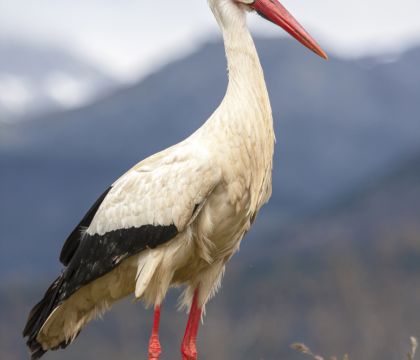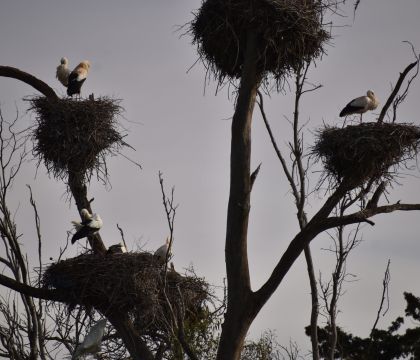International Census of the White Stork (Ciconia ciconia)
The International Census of the White Stork (Ciconia ciconia) is a periodic scientific program aimed at monitoring the White Stork (Ciconia ciconia) across its main distribution areas, which include Europe, North Africa, and parts of Asia. This census is conducted approximately every ten years and is part of international efforts to track the population dynamics of this species and assess the condition of its natural habitats.
The program relies on the collection of comprehensive data on the number of breeding pairs, their geographic distribution, and reproductive success rates, with extensive contributions from scientists, field observers, and local volunteers. The results of this census are used to evaluate the impact of environmental changes and human factors such as urban expansion, land-use changes, and climate change on White Stork populations. The program also helps guide habitat conservation strategies and supports the restoration of wetlands, which are vital for the breeding and feeding of these birds.
The main international body overseeing the International Census of the White Stork (Ciconia ciconia) is BirdLife International, in collaboration with national and regional organizations specializing in bird monitoring and biodiversity conservation.
In 2024, the eighth international census of the White Stork (Ciconia ciconia) was conducted under the supervision of the Nature and Biodiversity Union (NABU). For the first time, Libya participated in this program, with the Libyan Society for Birds (LSB) serving as the local implementing body.
The Libyan Society for Birds (LSB) collaborated with the Alhaya Organization for Protection of Wildlife and Marine Organisms to carry out this census and collect data on the numbers and distribution of White Storks (Ciconia ciconia) in Libya.

